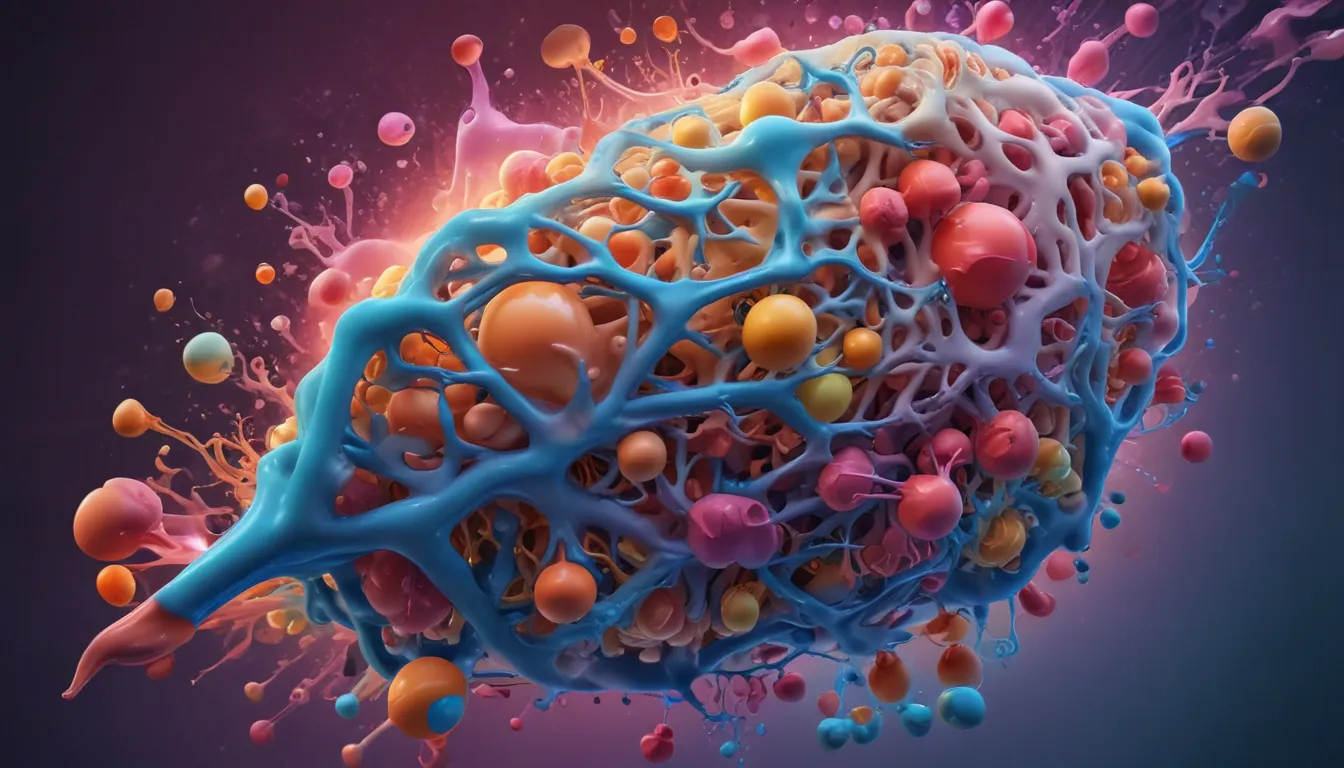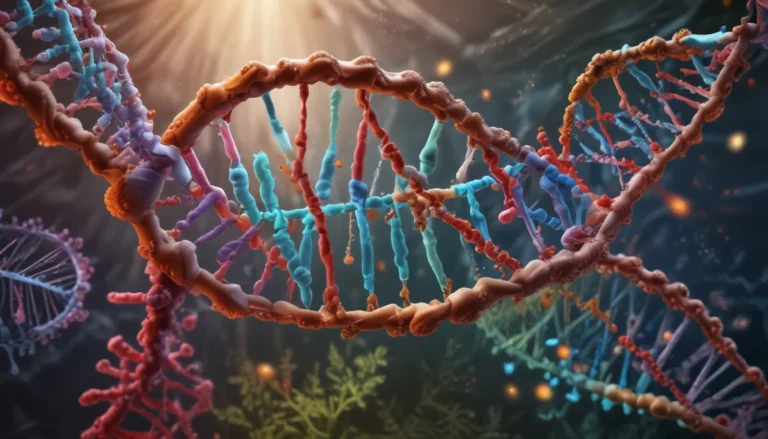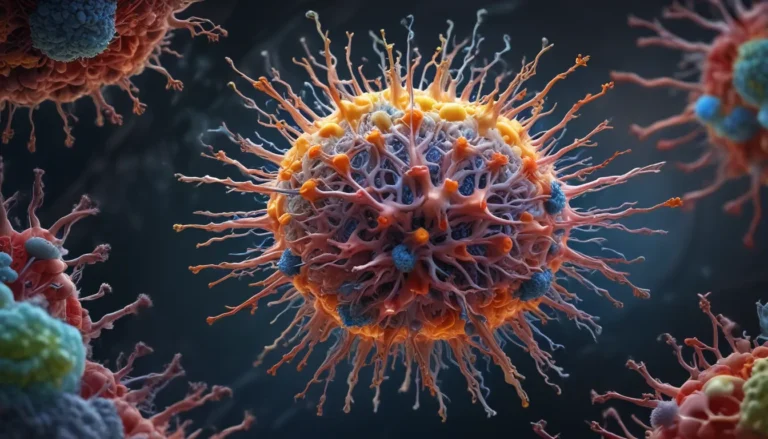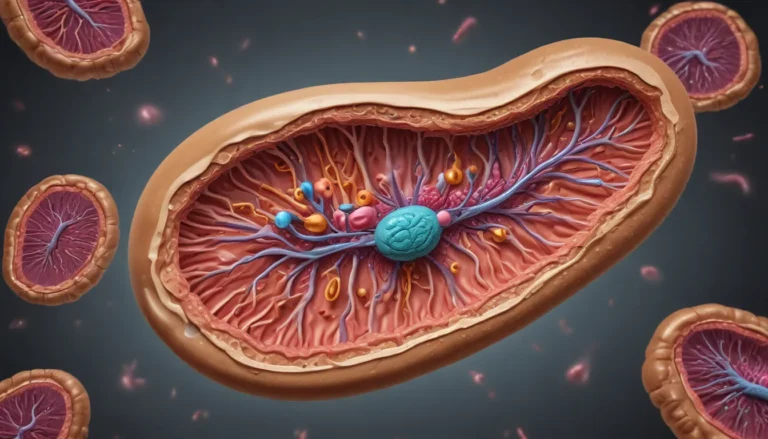A Note About Images: The images used in our articles are for illustration purposes only and may not exactly match the content. They are meant to engage readers, but the text should be relied upon for accurate information.
Welcome to the fascinating world of Adenosine Diphosphate (ADP), a crucial molecule that plays a vital role in energy transfer within cells. As we delve into the intricate functions of ADP, we uncover its diverse roles in various biological processes. From energy metabolism to muscle contraction and cell signaling, ADP proves to be a versatile multitasker in the complex machinery of our bodies. Join us on a captivating journey as we explore 18 enigmatic facts about ADP that shed light on its importance and intriguing properties.
The Molecular Structure of ADP
ADP, short for Adenosine Diphosphate, consists of a sugar molecule called ribose bonded to adenine and two phosphate groups. This unique structure is essential for powering biological processes within living organisms, serving as a key player in cellular energy transfer.
The Function of ADP in Energy Metabolism
In the biochemical process of cellular respiration, ADP is converted into ATP (Adenosine Triphosphate) by adding a phosphate group. ATP, known as the cell’s primary energy currency, fuels essential cellular activities, ensuring proper functioning and survival.
ADP’s Role in Muscle Contraction
When muscles contract, they require a rapid supply of energy in the form of ATP. As ATP is utilized, it is converted back into ADP and phosphate. This ADP is then transformed in mitochondria to replenish ATP levels, enabling sustained muscle contraction.
ADP as a Signaling Molecule
Beyond its role in energy metabolism, ADP also acts as a signaling molecule in cellular processes. By activating specific receptors on the cell surface, ADP triggers biochemical events that regulate cell communication, gene expression, and growth.
ADP and Platelet Activation
In blood clotting, platelets play a vital role in preventing excessive bleeding during injuries. When platelets are activated, they release ADP, which helps aggregate nearby platelets to form blood clots and stop bleeding.
ADP and Regulation of Cardiac Function
Within the heart, ADP helps regulate the contractile force and heart rate. Changes in ADP levels can modulate the strength and efficiency of cardiac muscle contractions, ensuring proper heart function.
ADP and Mitochondrial Function
ADP plays a crucial role in maintaining mitochondrial function, the powerhouse of the cell. By being actively transported into mitochondria, ADP is converted back into ATP through oxidative phosphorylation, generating energy for cellular processes.
ADP’s Role in DNA Replication
During DNA replication, ADP serves as a building block for synthesizing DNA strands. It provides the energy necessary for polymerization, ensuring accurate replication of genetic material and maintaining genetic integrity.
ADP and Regulation of Enzyme Activity
ADP plays a pivotal role in regulating enzyme activity by binding to specific enzymes and modulating their conformation. This modulation affects metabolic pathways within the cell, influencing various cellular processes.
ADP’s Involvement in RNA Transcription
ADP is essential for transcribing RNA from DNA, providing the energy needed to assemble RNA strands accurately. This process ensures the production of RNA molecules crucial for protein synthesis.
ADP and Cell Signaling Pathways
Participating in intracellular signaling pathways, ADP regulates processes such as cell growth, differentiation, and apoptosis. Acting as a secondary messenger, ADP relays signals from cell surface receptors to the cell nucleus.
ADP’s Role in Glycolysis
In the initial steps of glycolysis, ADP acts as a reactant in the metabolic pathway that breaks down glucose. By driving the glycolytic reaction forward, ADP ensures the production of energy through glucose breakdown.
ADP and Nerve Impulse Transmission
Essential for nerve impulse transmission in the nervous system, ADP helps maintain proper ion concentrations across the cell membrane. This balance is crucial for generating and conducting nerve impulses, enabling seamless communication within the nervous system.
ADP’s Role in Protein Synthesis
During protein synthesis, ADP provides the energy needed for elongating polypeptide chains. By fueling the movement of ribosomes along messenger RNA (mRNA), ADP ensures the accurate translation of genetic information into functional proteins.
ADP and Regulation of Cell Cycle
Involved in regulating the cell cycle, ADP modulates processes such as DNA replication, mitosis, and cell division. Fluctuations in ADP levels during different phases of the cell cycle control the timing and progression of these essential events.
ADP’s Involvement in Hormone Secretion
Playing a role in hormone secretion within the endocrine system, ADP participates in intracellular signaling pathways that regulate hormone release. This coordination ensures proper communication and integration among different organ systems.
ADP and Lipid Metabolism
ADP contributes to lipid metabolism by participating in processes like fatty acid oxidation and lipid synthesis. Providing energy for these biochemical reactions, ADP helps regulate lipid homeostasis within cells.
ADP and Neuronal Excitability
In the brain and nervous system, ADP modulates neuronal excitability by influencing the opening and closing of ion channels. This regulation of ion flow and electrical impulses enables proper neuronal function and communication.
Conclusion
In conclusion, Adenosine Diphosphate (ADP) stands as a crucial molecule in biological systems, revealing its significance in various cellular processes. By unraveling the mysteries of ADP, scientists illuminate the fundamental functions that drive life. Explore the intricate world of nucleotides and delve into how ADP powers cellular activities through energy transfer. Journey with us as we uncover the enigmatic nature of ADP and its essential roles in maintaining life’s complexities.
FAQs
- What is ADP (Adenosine Diphosphate)?
ADP, or Adenosine Diphosphate, is a nucleotide crucial for energy transfer within cells. Formed when ATP loses a phosphate group, ADP releases energy to power cellular functions.
- How is ADP converted into ATP?
ADP can be converted back to ATP through phosphorylation, involving the addition of a phosphate group to replenish its energy reserves.
- What are the functions of ADP?
ADP serves various functions in biological systems, including acting as a precursor for ATP synthesis, participating in cell signaling, and serving as a cofactor in enzymatic reactions.
- Can ADP be used as an energy source?
While not a direct energy source, ADP is essential in cellular energy metabolism by converting back to ATP, storing and utilizing energy for cellular activities.
- Are there any medical implications of ADP?
Dysregulated ADP levels are linked to disorders like cardiovascular diseases. Understanding ADP mechanisms can lead to new therapeutic strategies.
- Are there inhibitors of ADP-related processes?
Yes, specific inhibitors can target ADP-related processes for research or therapeutic purposes, exploring ADP’s role in cellular functions.
- Can ADP levels be modulated?
ADP levels can be controlled through cellular processes to maintain optimal energy homeostasis and cellular function, ensuring balanced ATP and ADP concentrations.
Unveiling the secrets of ADP unlocks a deeper understanding of cellular processes and the intricate workings of life itself. Join us in exploring the wonders of this enigmatic molecule and discover the endless possibilities it holds for scientific exploration and potential therapeutic advancements. By delving into the complexities of ADP, we open doors to a world of discovery and innovation.






